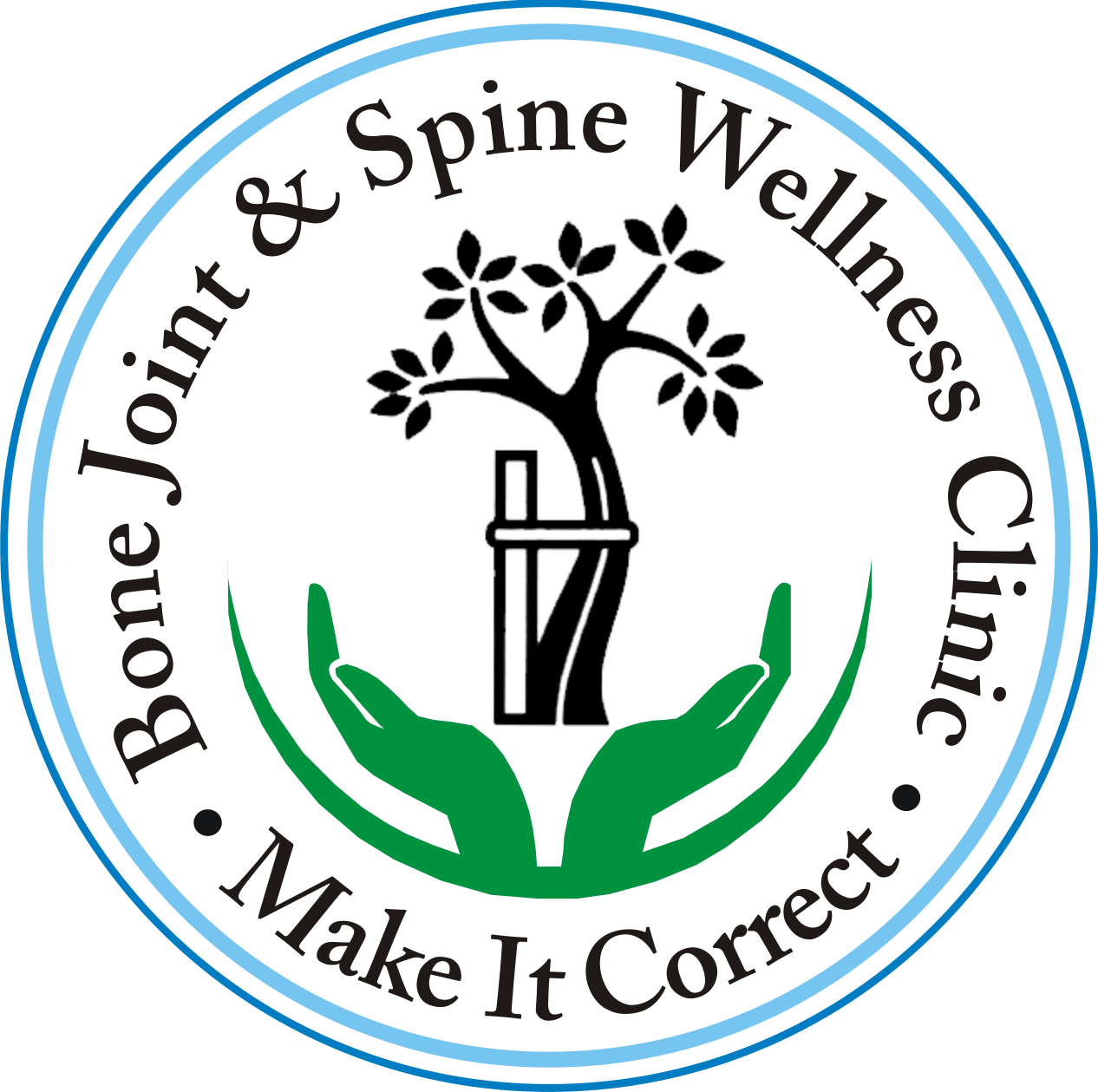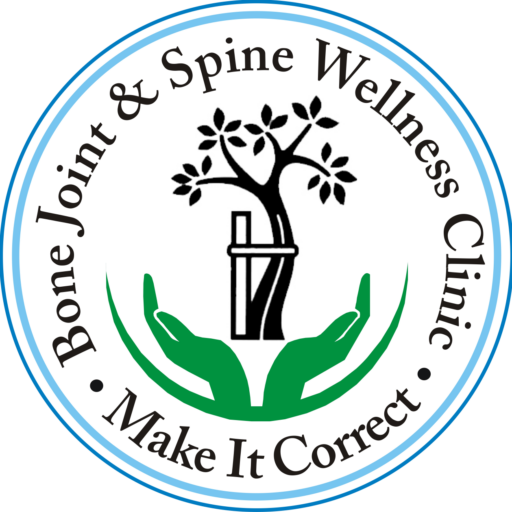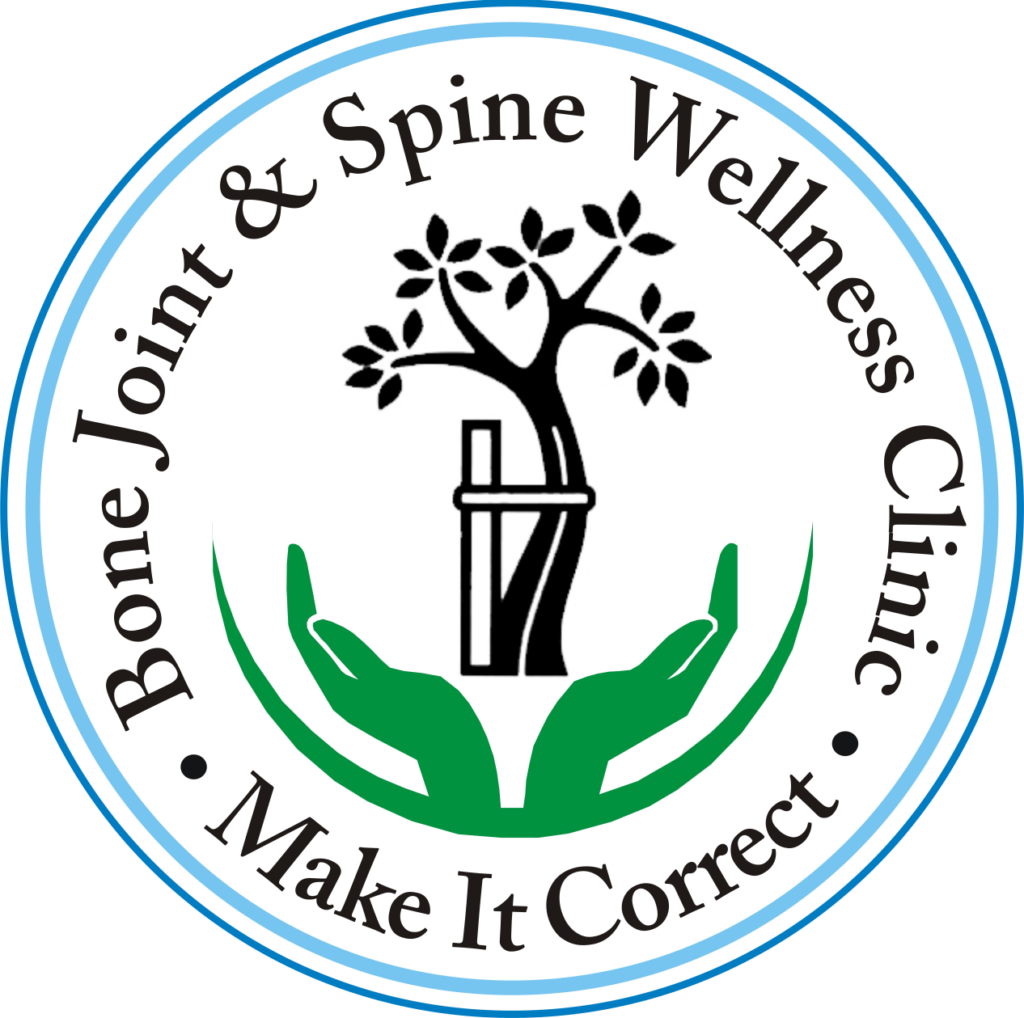Best Tennis Elbow Treatment in Indore
Tennis elbow, also known as lateral epicondylitis, is a condition that causes pain and tenderness on the outer part of the elbow. It occurs when the tendons that attach the forearm muscles to the outside of the elbow become damaged or inflamed. Despite the name, tennis elbow is not limited to tennis players; it can affect anyone who engages in activities that require repetitive motions of the arm and wrist. We will provide a detailed overview of tennis elbow, its causes, symptoms, treatment options, and why Dr. Pratyush Gupta is the best choice for tennis elbow treatment in Indore.
What is a Tennis Elbow?
Tennis elbow refers to the condition in which the lateral epicondyle, the bony bump on the outer part of the elbow, becomes inflamed. The condition typically involves damage to the extensor tendons, which are responsible for extending the wrist and fingers. The repetitive motion of gripping or twisting the wrist places stress on these tendons, leading to their degeneration and inflammation. Tennis elbow can be debilitating, causing pain that can interfere with daily activities such as lifting objects, shaking hands, or even holding a cup.
Why the Name “Tennis Elbow”?
While tennis players are often associated with tennis elbow due to the frequent use of racquets, the condition is not limited to tennis. It can affect anyone who performs repetitive arm and wrist movements, such as:
- Painters
- Plumbers
- Carpenters
- Chefs
- Gym enthusiasts
- Office workers (due to repetitive typing or mouse usage)
Tennis Elbow and Its Relation to Golf Elbow
It is important to note that a tennis elbow differs from a golfer’s elbow. While the tennis elbow affects the outer part of the elbow (lateral epicondyle), the golfer’s elbow affects the inner part of the elbow (medial epicondyle) and involves the tendons that flex the wrist and fingers.
Causes of Tennis Elbow
Tennis elbow is primarily caused by repetitive stress on the forearm muscles and tendons. The following are the main causes of tennis elbow:
- Repetitive Overuse: The most common cause of tennis elbow is overuse of the forearm muscles, especially through repetitive motions that strain the tendons. This can happen in sports like tennis, racquetball, or badminton, where the wrist and arm are frequently twisted.
- Strenuous Grip: Activities that involve a strong grip, such as weightlifting, using tools, or excessive typing, can put a strain on the tendons around the elbow joint, leading to inflammation.
- Incorrect Technique: In sports or manual labor, poor technique can place undue stress on the tendons. For instance, in tennis, improper grip or poor stroke mechanics can contribute to the development of tennis elbow.
- Age-Related Degeneration: Tennis elbow is most common in people between the ages of 30 and 50. As we age, the tendons become less elastic and more prone to injury and degeneration.
- Occupational Factors: Certain jobs require frequent and repetitive arm motions that put a strain on the elbow, such as construction work, painting, and assembly line work. These activities can increase the risk of developing tennis elbow.
- Poor Posture: Improper posture while working at a desk or while performing physical labor can contribute to strain on the elbow joint.
Symptoms of Tennis Elbow
The primary symptom of tennis elbow is pain, but there are several other signs to look out for. The symptoms may vary in severity, and not everyone will experience all of them. Here are the most common symptoms:
Pain on the Outer Elbow
The most common symptom is pain or tenderness on the outer part of the elbow, where the tendons attach to the bone. The pain may worsen when lifting or gripping objects.
- Pain Radiating Down the Forearm: In some cases, the pain may radiate down the forearm, making it difficult to extend the arm fully.
- Weak Grip Strength: A weakened grip is a common symptom. Patients with tennis elbow often find it difficult to hold onto objects or perform tasks requiring hand strength.
- Pain with Wrist Movements: Pain may be aggravated by wrist extension, such as when you try to lift an object with your palm facing up, or when you perform activities like shaking hands or turning a doorknob.
- Stiffness: Stiffness and a limited range of motion in the elbow joint are often present. This can make it difficult to fully extend the arm or perform basic tasks.
- Swelling: In some cases, mild swelling may occur around the elbow, although it is not always present.
Treatment Options for Tennis Elbow
The treatment of tennis elbow depends on the severity of the condition. In most cases, conservative treatments can help relieve symptoms and promote healing. However, for more severe cases, surgical options may be necessary.
1. Rest and Activity Modification: The first step in treating tennis elbow is to give the elbow sufficient rest. Avoid activities that involve repetitive motions or put strain on the tendons, and modify your daily routine to reduce stress on the elbow.
2. Ice and Heat Therapy: Cold therapy can help reduce inflammation and alleviate pain, while heat therapy may be used to relax the muscles and improve blood flow to the area. Apply an ice pack for 15–20 minutes several times a day, and use heat pads to ease muscle stiffness.
3. Non-steroidal anti-inflammatory Drugs (NSAIDs): NSAIDs, such as ibuprofen or naproxen, can help reduce inflammation and alleviate pain. These medications are available over-the-counter and can be taken as directed by your healthcare provider.
4. Physical Therapy: A physical therapist can help strengthen the forearm muscles and improve flexibility. Physical therapy exercises focus on improving the range of motion, strengthening the forearm muscles, and reducing tension on the elbow joint.
5. Bracing and Splinting: Wearing an elbow brace or forearm splint can help reduce strain on the tendons, particularly during activities that involve gripping. These devices are often used as part of a broader rehabilitation plan.
6. Corticosteroid Injections: If conservative treatments are not effective, corticosteroid injections may be used to reduce inflammation and provide temporary pain relief. However, these injections are typically not a long-term solution.
7. Platelet-Rich Plasma (PRP) Therapy: PRP therapy involves injecting platelet-rich plasma derived from your blood into the affected area. This treatment is believed to accelerate the healing process and promote tissue repair.
8. Surgical Treatment: In rare cases, if conservative treatments fail and symptoms persist, surgery may be considered. The procedure usually involves removing the damaged part of the tendon or reattaching it to the bone. Surgery is typically recommended when other treatments have not provided sufficient relief after 6–12 months.
FAQs About Tennis Elbow
1. How long does it take to recover from tennis elbow?
- Recovery time can vary depending on the severity of the condition. Most people begin to experience relief within 6 to 12 weeks with conservative treatment. Full recovery can take several months.
2. Can tennis elbow go away on its own?
- Mild cases of tennis elbow may improve on their own with rest, ice therapy, and other conservative treatments. However, chronic cases may require more intensive treatment.
3. Is tennis elbow a permanent condition?
- Tennis elbow is not necessarily permanent. With the appropriate treatment, most people recover fully. However, without proper care, the condition may persist or worsen.
4. What can I do to prevent tennis elbow?
- To prevent tennis elbow, practice proper techniques when playing sports or engaging in activities that involve repetitive arm movements. Use ergonomic equipment, take breaks, and avoid overuse of the elbow.
5. When should I see a doctor for tennis elbow?
- If your symptoms persist for more than a few weeks or worsen, it is essential to see a doctor. Early intervention can prevent the condition from becoming more severe.
Why Choose Dr. Pratyush Gupta for Tennis Elbow Treatment in Indore?
Dr. Pratyush Gupta is a leading orthopedic surgeon in Indore, specializing in sports injuries and musculoskeletal conditions like tennis elbow. With years of experience and a focus on minimally invasive procedures, Dr. Gupta provides personalized care to ensure the best possible outcomes for his patients.
Reasons to Choose Dr. Gupta:
- Expertise in Tennis Elbow Treatment: Dr. Gupta has extensive experience in treating tennis elbow, using a combination of non-surgical treatments and advanced surgical techniques.
- Holistic Approach: Dr. Gupta believes in a holistic approach to treating tennis elbow, focusing on not just the injury, but also prevention, rehabilitation, and long-term health.
- State-of-the-Art Facility: His medical center is equipped with the latest technology for diagnosis and treatment, ensuring the best possible care for his patients.
- Personalized Care: Dr. Gupta provides customized treatment plans that cater to the specific needs of each patient, ensuring quicker recovery and optimal results.
- Proven Success: With a high success rate for treating tennis elbow and a dedicated approach to patient care, Dr. Gupta is a trusted name in Indore for orthopedic treatments.
Tennis elbow is a common condition that can cause significant discomfort and disruption in daily life. However, with proper treatment and rehabilitation, the majority of patients can recover fully and return to their regular activities. If you’re dealing with tennis elbow in Indore, Dr. Pratyush Gupta offers expert diagnosis, treatment, and rehabilitation plans to help you regain your strength and mobility. Don’t let tennis elbow hold you back – seek professional care and get back to doing what you love!


